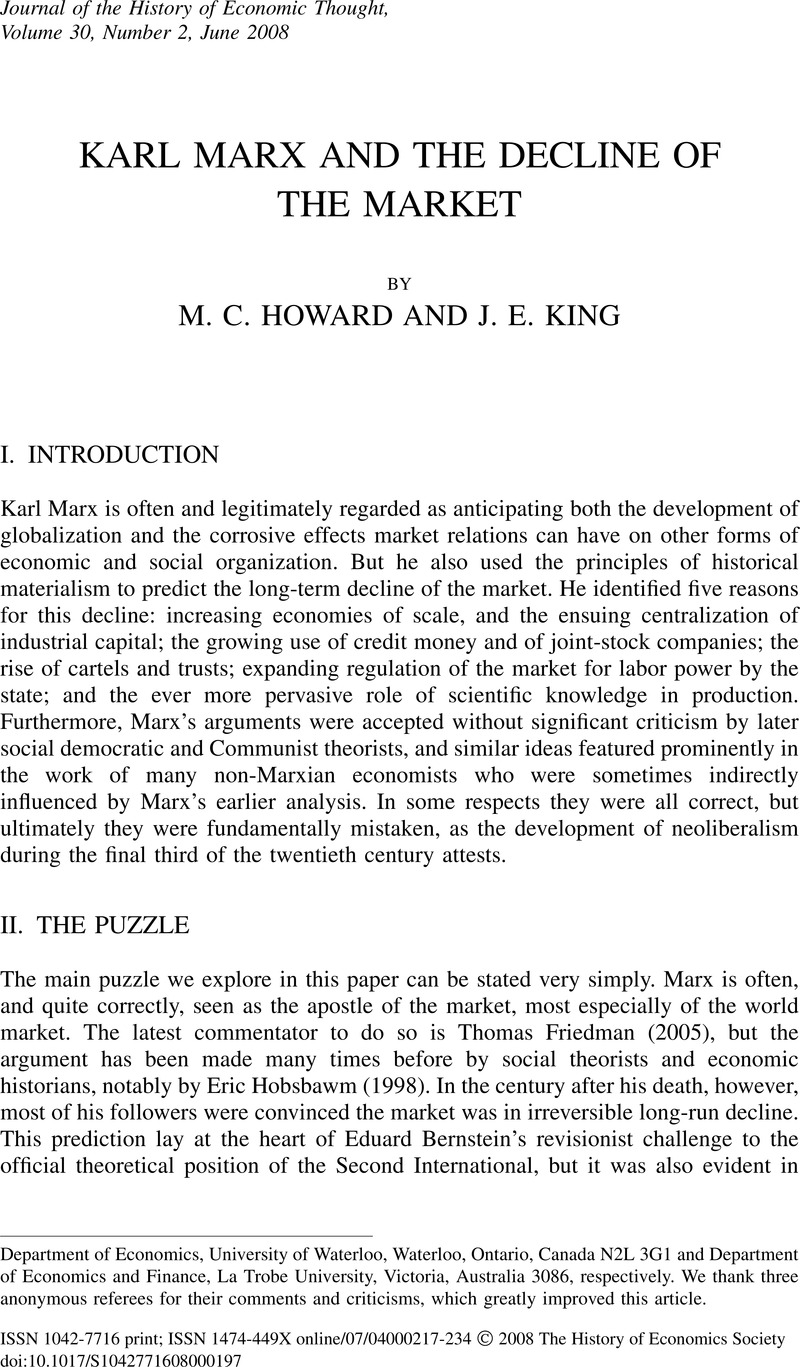Crossref Citations
This article has been cited by the following publications. This list is generated based on data provided by Crossref.
Adler, Paul S.
2012.
PERSPECTIVE—The Sociological Ambivalence of Bureaucracy: From Weber via Gouldner to Marx.
Organization Science,
Vol. 23,
Issue. 1,
p.
244.



